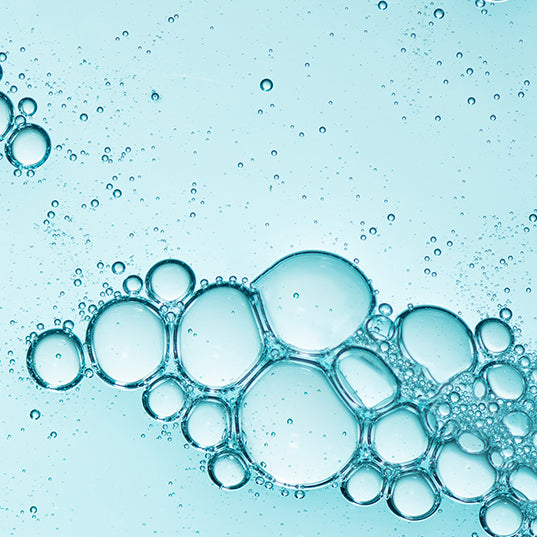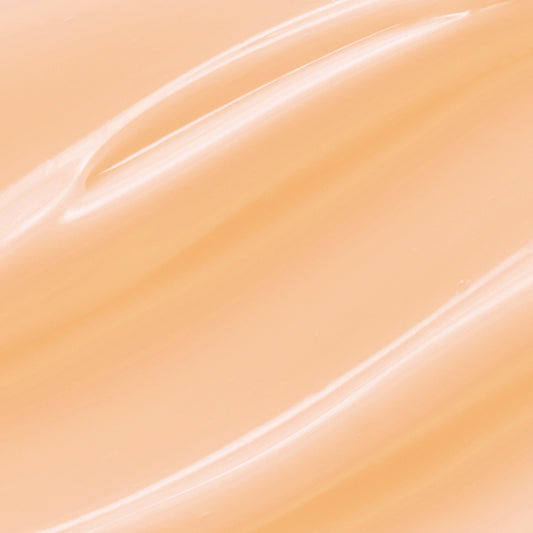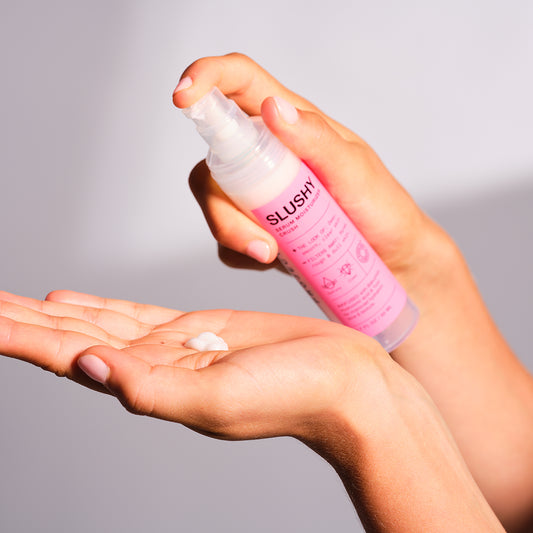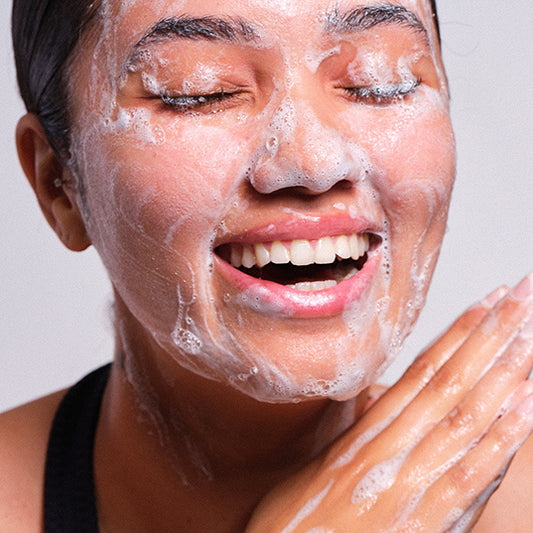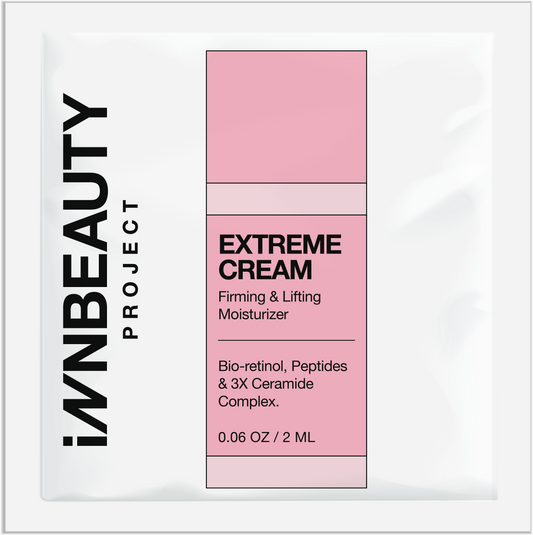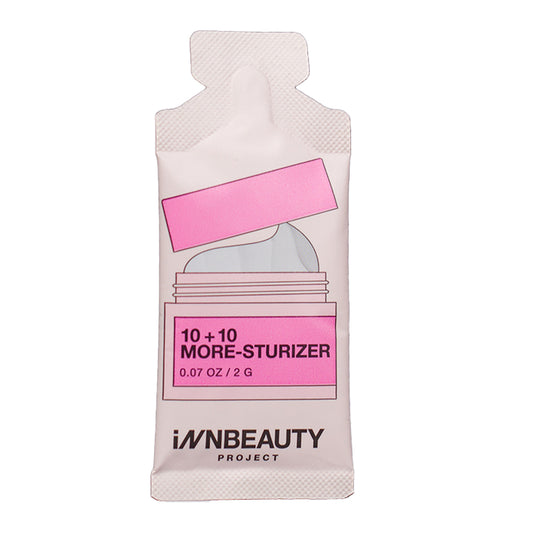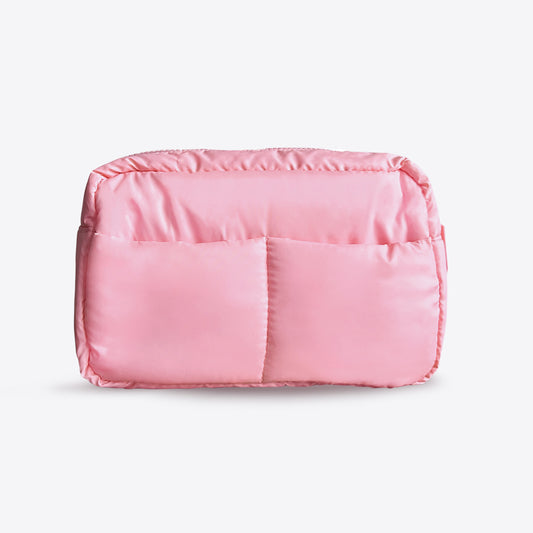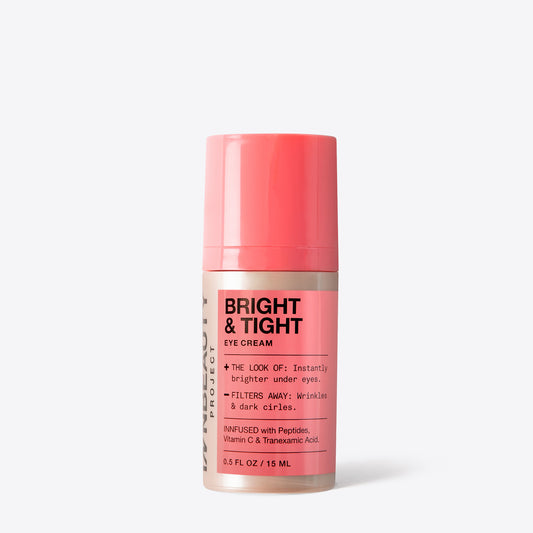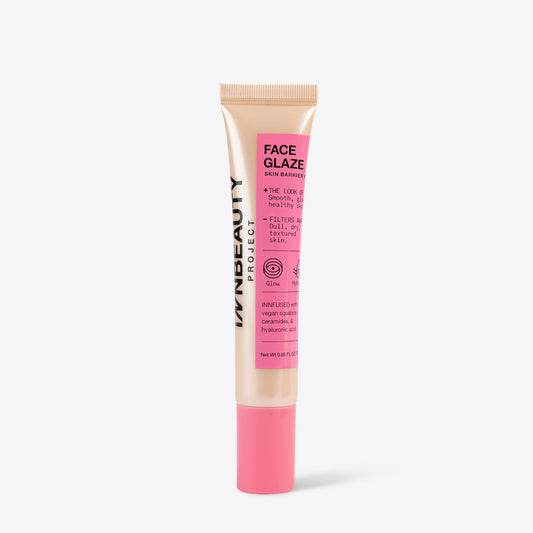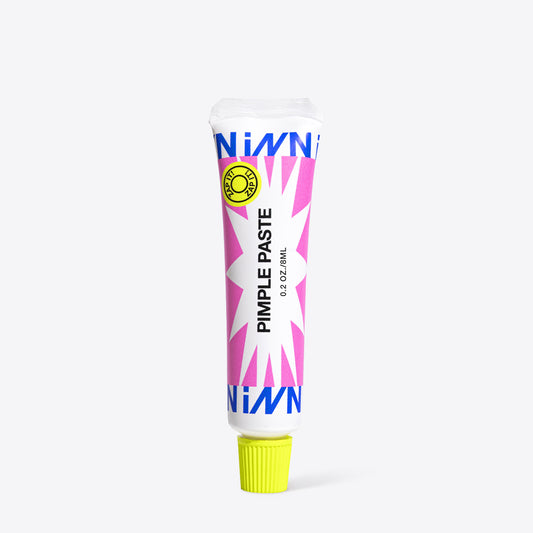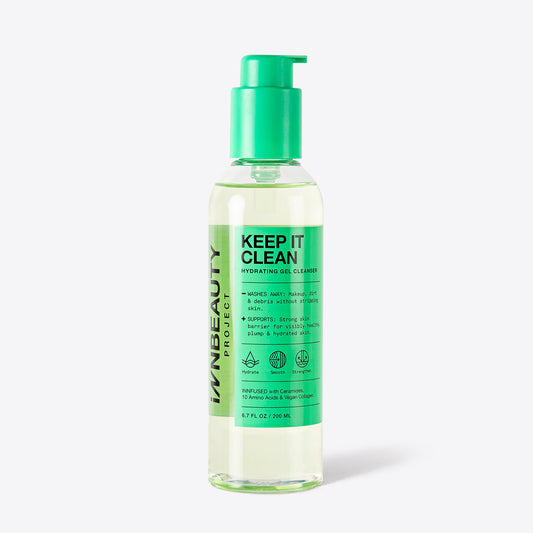Alpha Hydroxy Acids (AHAs), Poly Hydroxy Acids (PHAs), and Beta Hydroxy Acids (BHAs) are the three different types of chemical exfoliants. Exfoliation works to disrupt the bonds that hold dead skin cells together on the surface of your skin otherwise known as your epidermis. This act promotes cell turnover and can help with everything from smoothing texture to lightening hyperpigmentation, controlling oil production to calming acne and inflammation. By exfoliating your skin you also help your other products, like serums and moisturizers penetrate skin more effectively. I like to use the analogy of skin to a croissant. The outer layer of a croissant is crusty and dry while inside the layers are soft and pillowy. If you try to apply a serum to the crusty outer layer it’s just going to sit on top, but if you apply a serum to the softer inner layers it will travel to the other layers of the croissant deeper & faster. Skin is similar in this regard and by exfoliating the dead, dull outer layer ensures your other products will be as effective as possible.
Chemical exfoliants differ from physical exfoliants because instead of manually using a tool or product to loosen those bonds, chemical exfoliants use active ingredients like acids instead. But not all chemical exfoliants are the same, which is why it is important to know the differences so you can pick which kind of chemical exfoliant is right for you and your skin concerns.
AHA: Alpha Hydroxy Acids
AHAs penetrate the deepest out of the three types of acids we are discussing in this post. They’re great at helping even skin tone by reducing hyperpigmentation and dark spots caused by free radicals and post-inflammatory hyperpigmentation caused by breakouts. They also work to smooth fine lines and wrinkles making them especially beneficial for mature skin. AHAs are water-soluble and help lock in moisture that damaged skin often needs. Lactic acid acts as a humectant as well drawing moisture into the skin. Glycolic, Lactic, and Mandelic acids are some of the most common types of AHAs.
PHA: Poly Hydroxy Acids
PHAs are amazing for sensitive skin. They have a larger molecular structure than AHAs and BHAs which means they can’t reach deeper layers of the skin and ultimately stay on the surface. PHAs have been shown to work well with compromised skin types like those with conditions such as eczema and rosacea. PHAs are also humectants, so they help lock in moisture to keep skin plump. A few of the most common forms are Gluconolactone, Lactobionic acid, and Galactose.
BHA: Beta Hydroxy Acids
You may have heard of Salicylic Acid - the most commonly used kind of BHA. BHAs are oil soluble. This makes them unique in that they can penetrate skin’s natural oils and get into pores to exfoliate and “de-gunk” helping to visibly reduce blackheads and acne while dissolving oil. BHAs have antibacterial and anti-inflammatory properties, which make them great for oily and acne-prone skin.
Adding a chemical exfoliant to your routine can be a way to see visible changes in your skin quickly. It is important to remember to incorporate acids slowly as to not over-exfoliate your skin leaving you with a damaged skin barrier. We recommend starting with acids 1-2 times per week and working your way up from there depending on how your skin is reacting. If you notice any redness or irritation you should drop your usage down or take a break. Using acids can also make your skin more sensitive to the sun so it is very important to always use a broad spectrum SPF during the day while treating with acids.
Down To Tone was specially formulated to include a blend of all 3 types of acids (AHA + BHA + PHA) to effectively exfoliate &“de-gunk” pores while making sure skin stays hydrated. The balance of acids helps to make sure skin’s natural moisture barrier stays healthy & strong while you are getting an effective chemical exfoliation.

